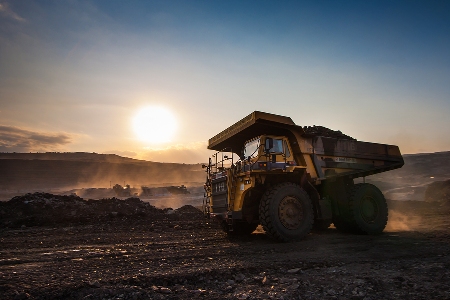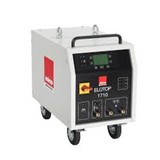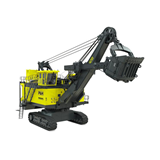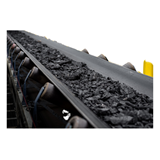Mining investment is on the wane and sectors of the industry are in advanced semi-retirement. So which mineral resources are digging in for the long haul?
Take your pick
The reality is we're rather spoiled for choice. At last count Australia had the world's largest economic resources of gold, iron ore, nickel, uranium, zinc, lead, rutile and zircon. We're also among the top six international resources of black coal, recoverable brown coal, silver, bauxite, cobalt, copper, ilmenite, lithium, manganese ore, magnesite, tantalum, tungsten, vanadium and niobium.
That's an impressive list and it seems safe to say that mineral resources will continue to be Australia's most important export earner for some time yet. And it doesn't end there.
Demand is on the rise
Some very handy economic growth in major markets such as China and India has spiked demand for mineral resources generally and Australia has been one of the lucky beneficiaries. We are now the world's largest producers of iron ore, bauxite, zircon, rutile and ilmenite.
We're running second overall for alumina, gold, lithium, lead, zinc and manganese ore. We're third for uranium, and we're just out of the medals for black coal, silver and nickel.
Reason for optimism?
If the future of Australian mining was reliant on only one or two primary resources in such a volatile and competitive market, optimism would be tempered at best. But with no less than 15 mineral resources currently being mined in Olympic proportions, we have the significant comfort cloth offered by diversity – should one be off its game, another is likely to be performing well enough to compensate.
Steady as she goes
Vast quantities of a sought after resource don't automatically qualify it for a market. Multinational mining companies continue to seek out new mineral investments and the international market is only going to get even more globalised and competitive.
To retain our current market edge, we also have to retain the quality of our mined resources; their grade, tonnage and metallurgical properties. And it's not just the product that decides whether these resources will continue to find a market. Political factors come into play and we have little or no control over the environment and climate.
Digging for new technology
The future for all our star resources will come down to technology. Development of superior large scale mining equipment and automation has already reduced mining costs and, as a result, made those mines more competitive by increasing the rate of recovery.
So long as our mining industry continues to embrace technology and view it as the one area with unlimited potential, our mineral resources will have the support network they need to stay on top.












